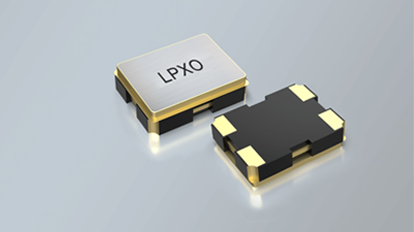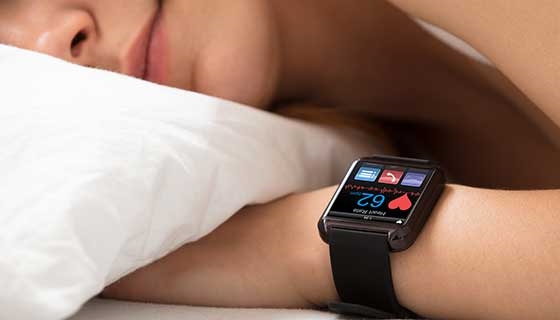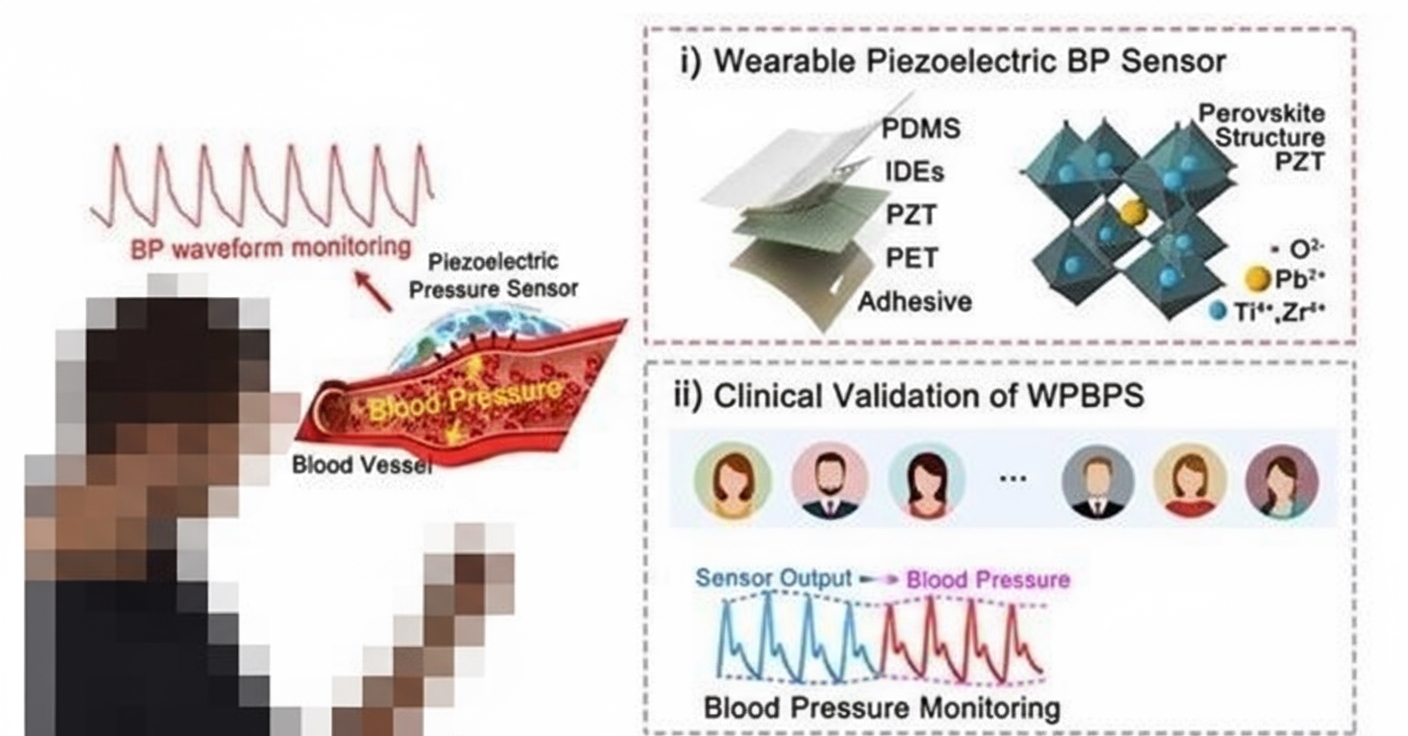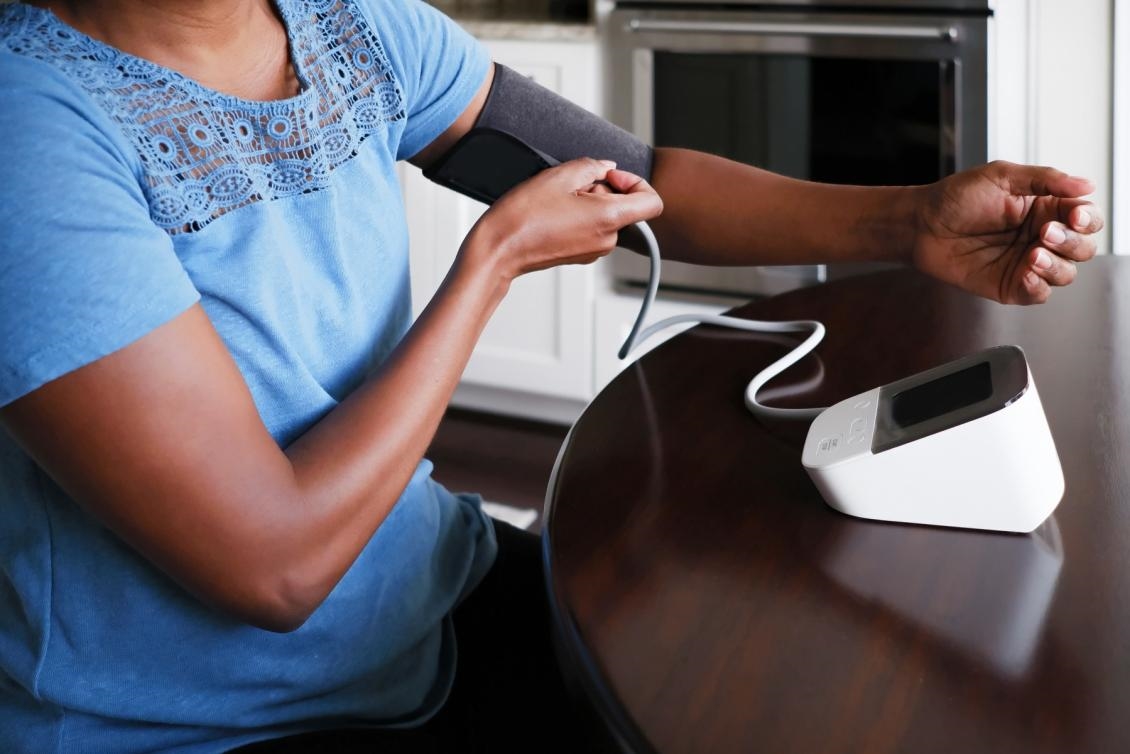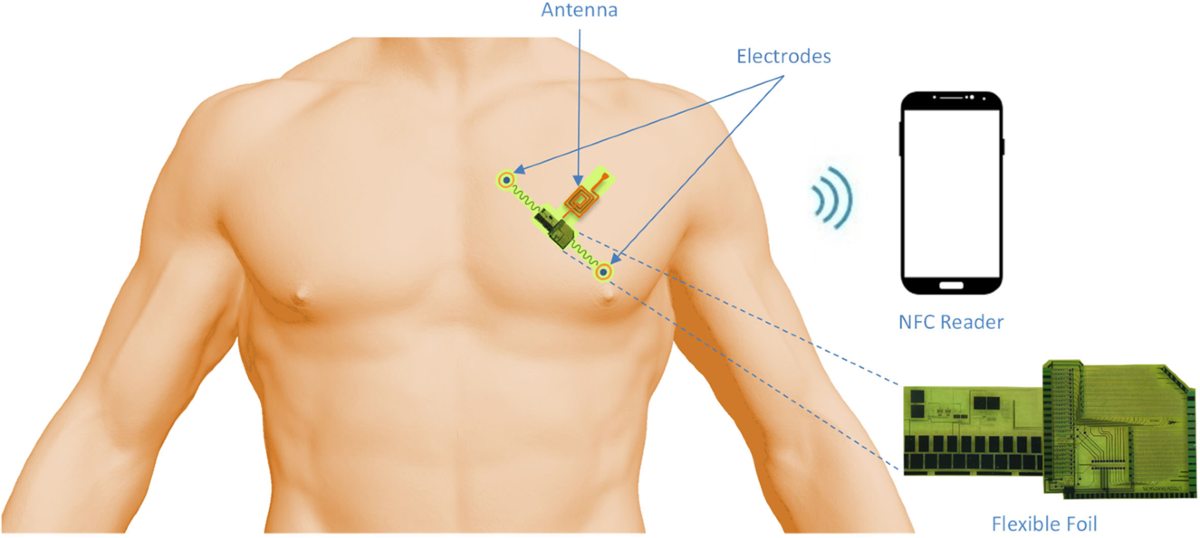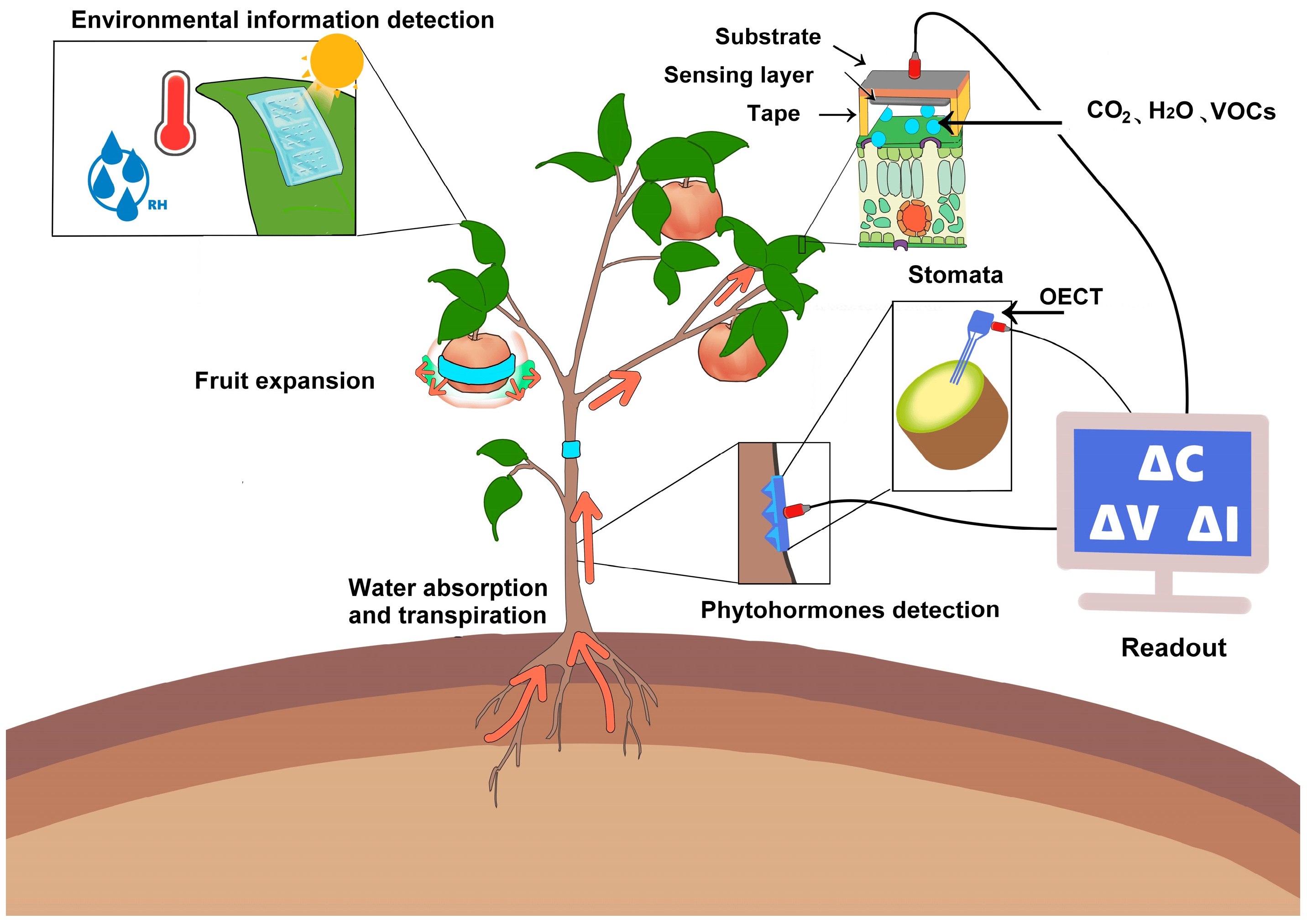Overview
Wearable devices, also called wearables, are devices designed to be worn and that integrate wearable technologies. Examples include glasses, gloves, watches, wristbands, necklaces, bracelets, clothing, and footwear. With rapid development of the internet, wearables have reached a turning point with two primary application directions: fitness and health, and medical care. Upgrades in sensors and chips have supported wider adoption of wearables in medical applications. The wearable era extends human sensing capabilities; these devices help users better perceive external and personal information and, with assistance from computers, networks, or other people, process information more efficiently and enable more seamless communication.
With the advancement of mobile internet, technology, and the introduction of high-performance, low-power processors, wearable products place higher demands on oscillator performance: higher frequency, improved stability, higher precision, miniaturization, and low power consumption.
Role of Crystal Oscillators
MCUs act as the brain of a wearable device, while crystal oscillators serve as its timing source. Wearables rely on stable clock frequencies to provide precise timing signals to the MCU for data handling and high-speed transmission, enabling connectivity with smartphones. As features such as health monitoring, social communication, and audio/video expand, oscillators help ensure data integrity and reliable transmission.
Oscillator Requirements for Wearables
Oscillator requirements vary with the choice of main controller. Common frequencies used in wearables include 16 MHz, 24 MHz, 26 MHz, 32 MHz, and 48 MHz. Because wearables are compact, oscillator package sizes are typically 2520, 2016, or 1612. Low power consumption is essential: for passive crystals, choose low load and low impedance types; for active crystal oscillators, nominal supply voltages are typically 1.8-3.3 V. Additionally, good vibration and drop resistance are required for wearable use cases.
Smartwatch Use Case

Smartwatches can track blood pressure, blood oxygen, heart rate, ECG, sleep, body temperature, activity, and dietary habits. They sync data with iOS and Android devices and cloud platforms and connect to phones for interoperability. Core functions typically focus on health monitoring, social communication, and audio/video, helping users monitor and improve health and share activity data.
A typical design uses a Nordic nRF52840 main controller, which offers a small package and low-power Bluetooth Low Energy (BLE) 5.0 connectivity. The design may use an SCTF crystal oscillator such as the SX1B32.000F0810F30. With careful circuit tuning, the oscillator provides the CPU with a reliable and stable clock signal to support extended-range data transfer and high-performance wireless throughput between the smartwatch and the phone.
Product Series Considerations
SCTF supplies multiple series of crystal oscillators to address the performance and form-factor requirements of different wearable application scenarios.
 ALLPCB
ALLPCB


